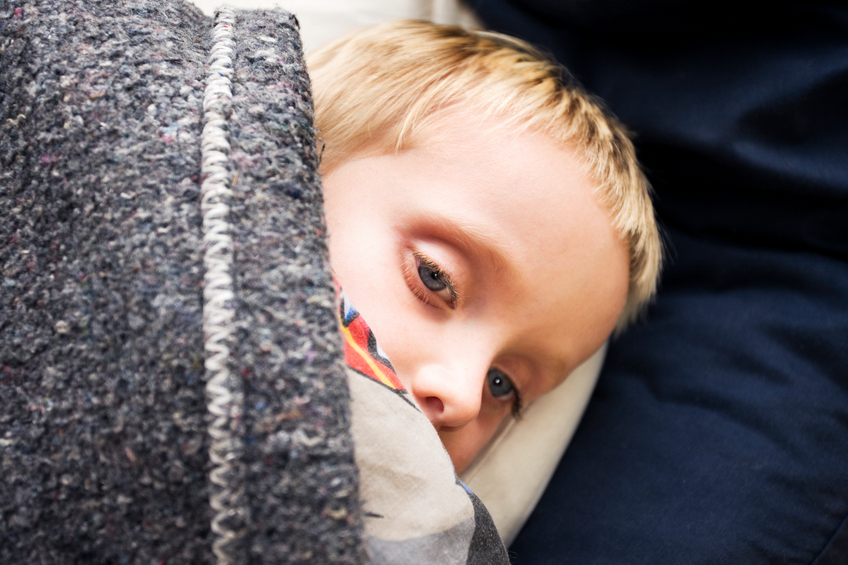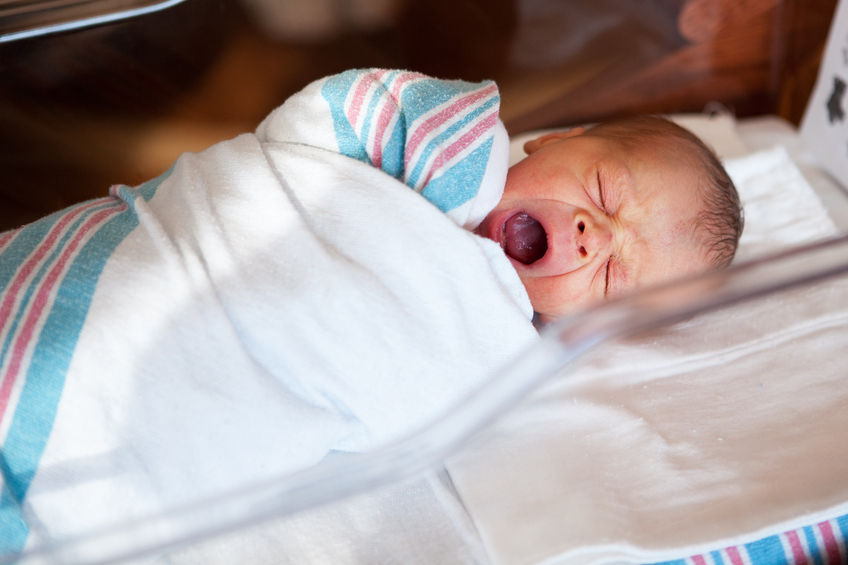Childhood Sepsis for Medical Doctors



Description
This session covers children aged 11 years and under. For children aged 12 years and over refer to the adult session. The session is aimed at all out of hospital clinicians, GPs, Nurses, Paramedics, Community Midwives and those providing urgent or unscheduled care.It will provide an introduction to key facts about childhood sepsis. It outlines the community presentations and key actions that influence outcomes.
Learning Objectives
By the end of this session you will be able to:
- Describe sepsis in the context of childhood
- Recognise the difference between infection, sepsis and septic shock
- Recall the prevalence of childhood sepsis
- Describe the physiological changes in children with sepsis
- Identify key features that should alert clinicians to the possibility of sepsis in a child with infection
- Recognise the urgency of treatment for children with a high risk of serious illness
- List the presentations, ranges of normal physiological signs, and outcomes at different ages
- Describe preventative strategies, including vaccination
Sepsis is a potentially life-threatening condition whose mortality and morbidity can be reduced by prompt identification and treatment.
Severe infection resulting in sepsis is recognised as a leading cause of morbidity and mortality in children worldwide (almost 60% of all deaths in children under five).
James Larcombe MB ChB PhD Dip Adv GP FRCGP is a full time GP in the North-East of England.
His research interests are on infections, and he has provided advice on behalf of the RCGP and UK Sepsis Trust in the production of the Toolkit: General Practice management of Sepsis and General Practice Sepsis Screening and Action Tool.
He was a member of the Guideline Development Group for the NICE UTI in children guideline, produced in parallel to the fever in the under fives document.
He is an MRCGP examiner, an honorary lecturer at Durham University, and a GP tutor for Health Education North England.


Simon Stockley, Mb CHB, FRCGP, FIMC RCS Ed, DUMC, is a GP at Eaglescliffe Medical Practice in the North-east of England.
He is the RCGP Clinical Champion for Sepsis, and represents the RCGP on the NHS England Cross-systems Sepsis Prevention Programme Board and the Academy of Royal Colleges Sepsis Group.
A GP for 30 years, he has prepared multiple sepsis teaching and support aids for clinicians working in general practice.
Simon is a board member of the Faculty of Pre-Hospital Care (RCS Edin) and an examiner for the Diploma in Urgent medical care.
- Radiology – Integrated Training Initiative (R-IT...
- Posted By eIntegrity Healthcare e-Learning
- Posted Date: 2024-11-14
- Location:Online
- This session reviews which chambers contribute to the ‘normal cardiac outline’ and examines how specific chamber enlargement or absence alters the normal cardiac shape. It will describe the different diagnoses, which result in characteristic
- Radiology – Integrated Training Initiative (R-IT...
- Posted By eIntegrity Healthcare e-Learning
- Posted Date: 2024-11-14
- Location:Online
- This session provides an overview of the clinical manifestations of haemangiomas, lymphatic and vascular malformations, their radiological work-up plus typical imaging findings.
- Radiology – Integrated Training Initiative (R-IT...
- Posted By eIntegrity Healthcare e-Learning
- Posted Date: 2024-11-14
- Location:Online
- This session covers imaging and diagnosis of paediatric mediastinal masses, and is organised based on their location in the mediastinum.
- Radiology – Integrated Training Initiative (R-IT...
- Posted By eIntegrity Healthcare e-Learning
- Posted Date: 2024-11-14
- Location:Online
- This session discusses radiographic anatomy of the normal mediastinum and its compartments containing different structures and why this is useful when interpreting an abnormal image. The silhouette sign and how it is used to localise a mass on chest radio
- Radiology – Integrated Training Initiative (R-IT...
- Posted By eIntegrity Healthcare e-Learning
- Posted Date: 2024-11-14
- Location:Online
- The session looks at pneumothorax, pneumomediastinum, air leaks in neonates, air leaks in older children and post-traumatic air leaks.







